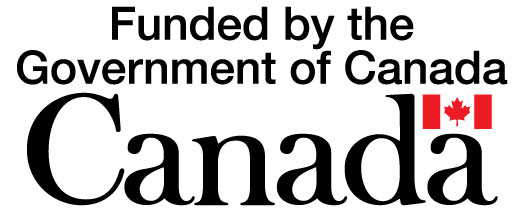Current Temperature
4.5°C
Alberta making changes to auto insurance model
Posted on February 6, 2025 by Taber TimesBy Trevor Busch
Taber Times
editor@tabertimes.com
Alberta’s UCP government is making major changes to auto insurance designed to reduce auto insurance premiums while making the switch to a largely no-fault claims model.
Under the new system, Albertans who suffer catastrophic injuries will receive treatment and care for the rest of their lives, and those who sustain serious injuries will receive treatment until they are fully recovered. These changes mirror and build upon the Saskatchewan insurance model, where at-fault drivers can be sued for pain and suffering damages if they are convicted of a criminal offence, such as impaired driving or dangerous driving, or conviction of certain offenses under the Traffic Safety Act.
Work on this new auto insurance system will require legislation in the spring of 2025. In order to reconfigure auto insurance policies for 3.4 million Albertans, auto insurance companies need time to create and implement the new system. The province expects the new system to be fully implemented by January 2027.
“We were the second highest insurance costs in Canada. And that can’t happen – we cannot have that happen anymore,” said Taber-Warner MLA Grant Hunter. “So really what was driving a lot of that is the soft tissue damage. The lawyers were able to get higher amounts for soft tissue damage than in other jurisdictions, by a lot. Take your hat off to the injury lawyers, they were able to successfully convince judges that their clients should get more, and that was driving up the cost. And so now what we said is that rather than actually going through a big legal cost, we’re going to get rid of that, and people who need to have the support, they’re going to get the support. It’s called the care first model. And so there will be chiropractic and physiotherapy and medical help that they need, but we won’t have to do the legal challenge to be able to get there. So that’s the reason we’re doing it, because insurance rates are too high. We have the second highest in Canada, and we’re trying to get them lower because we have an affordability issue and everything seems to be so much higher. And insurance, we can fix this. So this is one of our affordability measures that we’re doing.”
According to the province, when fully implemented Alberta’s new auto insurance system will deliver better and faster care for those involved in collisions, and Albertans will see cost savings up to $400 per year.
Premiums will still be based on risk. Bad drivers will continue to pay higher premiums than good drivers.
Starting in January 2025, the good driver rate cap will be adjusted to a 7.5 per cent increase due to high legal costs, increasing vehicle damage repair costs and natural disaster costs. The province argues the change protects good drivers from significant rate increases while ensuring that auto insurance providers remain financially viable in Alberta.
“Here’s what you need to realize, whenever someone says what we do is going to lead to increases. That’s not true. The reason why we have increases is because we put a cap on how much you can increase. And so that is the reason why. Because what happens is, it just builds up in the system. The system builds up because we’re starting to lose insurance companies. They don’t have the competition to drive the price down – you’re going to see the prices go up. So we don’t want to see that happen, either. So the reason why we’re going to see increases is because the cap is coming off, or the cap is increasing. So that’s the reason why: Not because of the changes we’re making to the care first model. The care first model will immediately start to change the pricing for insurance. But it’s the cap that’s the reason why the prices will see a price increase in some – not all, but in some – carriers.”
• Alberta’s government commissioned two auto insurance reports, which showed that legal fees and litigation costs tied to the province’s current system significantly increase premiums.
• A 2023 report by MNP shows a 48 per cent increase in collision-related lawsuits between 2018 and 2022, with litigation costs exceeding $1.2 billion.
Leave a Reply
You must be logged in to post a comment.

